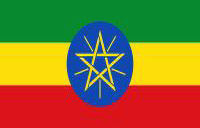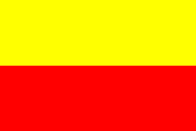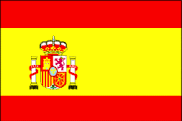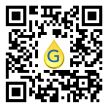
Roger Guillemin M.D., Ph.D.
The Nobel Prize in Physiology or Medicine 1977
Nobel Prize also awarded to Andrew V. Schally, Rosalyn Yalow
National Medal of Science-Biological Sciences 1976 USA
Physician, Physiologist, Neuroendocrinologist. Peptide hormone production of brain. Visual Artist.
Alfred Nobel chose to associate Literature and Science in his legacy. The mission, role and responsibility to society of a scientist and an artist are the same.
Biography/History of Discovery
Generously contributed by Roger Guillemin
I was born in France on January 11, 1924 in the small town of Dijon, the capital of Burgundy. I was educated there in the public schools and the lycée. I entered medical school in Dijon in 1943 and received the M.D. degree from the Faculté de Médecine of Lyon in 1949, - the two schools were then administratively connected, with the larger school of Lyon granting the degrees. All my medical studies and training were totally clinically oriented, with three years of what we could call rotating internship. There was no laboratory facility of any sort in Dijon, except for gross anatomy. Dark years of no fun youth these were; France had fallen to the Germans in 1940; Dijon was from then on occupied by the German army until liberation days in 1944.
During these five years of medical studies, I had always been interested in endocrinology, probably because two of my best teachers of clinical medicine, P. Etienne-Martin and J. Charpy were themselves interested in what were in those days the early concepts of endocrinology and the beginning logical therapy it appeared to offer. I always hoped that somehow I could one day work in a laboratory. In France you had terminated your medical studies after 5 years of curriculum; you could then practice medicine - which I did for some time. To obtain the degree of Doctor in Medicine you had to write and defend a dissertation, a thesis; that was usually pro forma. I decided, however, to write a dissertation for the M.D. degree that I would enjoy, hopefully on some work I could perform in a laboratory.
One day, I learned that Hans Selye would lecture in Paris on his alarm reaction and the endocrinology of the general adaptation syndrome. I went to hear him. The magnetism of the man was extraordinary. I went to talk to him after one of his lectures. A few months later I was in Selye's newly created Institute of Experimental Medicine and Surgery at the University of Montreal, with a modest fellowship from Selye's funds. In one year I completed some experimental work on desoxycorticosterone-induced hypertension in bilaterally nephrectomized rats kept alive for several weeks by peritoneal dialysis; that constituted the material for the thesis necessary in the French system to obtain the M.D. degree, which I obtained in Lyon upon the defense of that dissertation, in 1949. Not much interested in the academism and formalism of a research career within the French system that was then open to me, I returned to Selye's Institute, and three years later eventually obtained a Ph.D. degree in physiology in 1953. In these four years I had learned experimental endocrinology in a remarkable program jointly conducted between McGill University and the University of Montreal. In 1953, I joined the staff of the Department of Physiology at the Baylor University College of Medicine in Houston, Texas, as a young assistant professor. I taught physiology at Baylor College of Medicine for 18 years, until 1970. While in Selye's department, I had become interested in the problem of the physiological control of the secretion of the pituitary gland as it was involved in the acute response to stress. This was due particularly to friendly contacts with Claude Fortier and to a long visit by Geoffrey W. Harris from London.
I have recounted in some details in a chapter of Volume 2, of Pioneers in Neuroendocrinology, J. Meites (ed.), Plenum Press Publ., 1978, how I became more and more involved in the search for the chemical mediators of hypothalamic origin, suspected to control the functions of the pituitary gland; how Schally came to me at Baylor from the laboratory of Murray Saffran at McGill immediately after he had obtained there his Ph.D. degree in biochemistry - as we both thought that we would solve in no time the problem of the nature of CRF (the corticotropin releasing factor); how I went back to France in 1960, - on academic promises that did not materialize, thus returned to Houston in 1963, and later, in 1970, went to the Salk Institute to establish our present Laboratories for Neuroendocrinology. That chapter written in a light anecdotal manner, along with two reviews, one concerning the isolation and characterization of the first of the hypothalamic releasing factor, TRF (in Vitamins and Hormones, 29, 1-39, 1971), the other concerning the isolation of the luteinizing hormone releasing factor (in Am. J. Obs. and Gynecol., 129, 214-218, 1977) will give the interested reader a good historical description of these early years of, indeed, true pioneering in neuroendocrinology.
I served for 11 years on several advisory groups (Study Sections) of the National Institutes of Health (NIH) - an experience that was as rewarding as it was exhausting - as a member of the Council of the American Endocrine Society from 1969-1973.
I was elected a member of the National Academy of Sciences of the USA, in 1974, a member of the American Academy of Arts and Sciences in 1976. I have been honored by several national and international scientific recognitions: among which The Gairdner International Award, Toronto, Canada, 1974; The Dickson Prize in Medicine, The University of Pittsburgh, Pennsylvania, 1976; the Passano Award in the Medical Sciences, Baltimore, Maryland, 1976; the Lasker Award in Basic Sciences, New York, 1975; and recently the National Medal of Science presented by the President of the USA.
I have received honorary degrees, from the University of Rochester (D.Sc.), 1976; the University of Chicago (D.Sc.), 1977; and the Légion d'Honneur from the French government in 1973.
I consider as major honors to have been asked to deliver numerous memorial lectures, in particular the Harvey Lecture, The Rockefeller University, New York, 1974; the Jane Russell Wilhelmi Memorial Lecture, Emory University, Atlanta, Georgia, 1976; the Geoffrey W. Harris Memorial Lecture, International Congress of Endocrinology, Hamburg, Germany, 1976; The Gregory Pincus Memorial Lecture, The Laurentian Hormone Conference, 1976; The Herbert M. Evans, Memorial Lecture, University of California in San Francisco, 1977.
In Houston, in Paris, in La Jolla, where I set up shop - sometime simultaneously as in the days of commuting between Paris and Houston - I have had the extraordinary privilege to work with wonderful collaborators some so much more knowledgeable in their own field than I was (or still am), all full of enthusiasm and sharing common ethics of science. The work recognized in this Nobel Prize was a group effort and achievement. I started writing the list of these colleagues, collaborators, students who worked with me, starting in 1953; I stopped when I realized more than one hundred names were involved. Of unique roles and significance in the saga of the hypothalamic hormones in which I was involved, I must call to the lime light Edvart Sakiz, now in Paris, Roger Burgus, now in La Jolla, Wylie Vale who came to me as a graduate student, now in La Jolla, Nicholas Ling and Jean Rivier, both now in La Jolla. They, and their own students, are and will be the future of this expanding field or research.
My wife is a musician of talent and, so far, five of our six children are already in artistic careers or show a definite preference for artistic endeavors; one only, may be a biologist some day. And all that is fine with me. Since 1970 when we came to the Salk Institute, we have lived in La Jolla, a suburb of San Diego, in a Mediterranean house which we have filled, if not overfilled, with many contemporary paintings French and American, sculptures and potteries mostly from pre-Columbian Mexico and also from New Guinea. Several keyboards and string instruments are also part of the enjoyable living environment of that happy house.
Discover Your Abilities and Aspirations!
 $10 $25 $50 $100 Other
$10 $25 $50 $100 Other
Tax Exempt 501(c)3 Non-Profit Organization
Any Currency
“…the peace that is found in libraries and laboratories…” - Louis Pasteur
Copyright © 2023 Ganga Library Inc. All Rights reserved.;
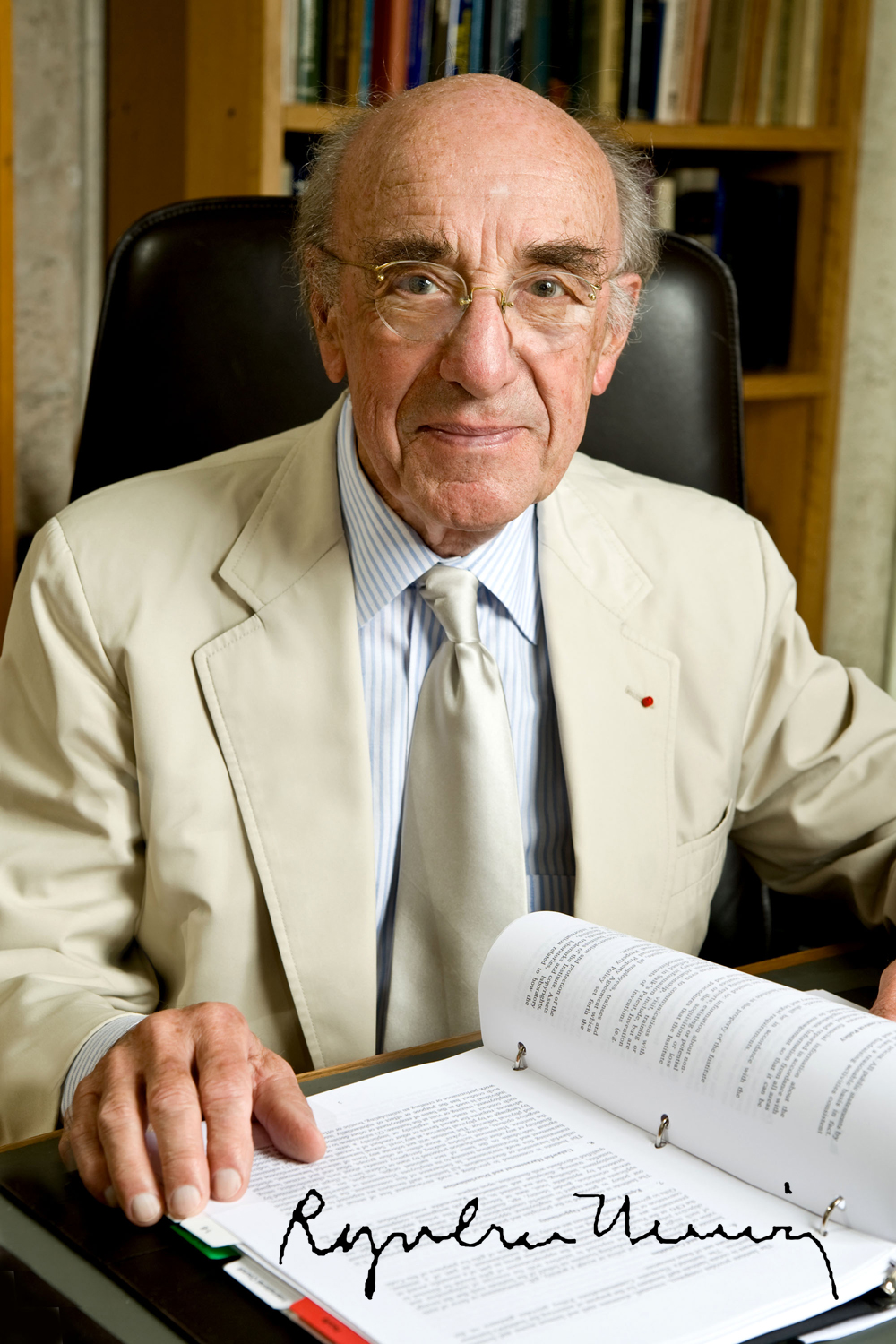
Photo: Courtesy Dr. Roger Guillemin
Name: Roger Guillemin
Birth: 11 January 1924, Dijon, France
Institution: The Salk Institute, San Diego, CA, USA
Award: "for their discoveries concerning the peptide hormone production of the brain"
Subject: biochemistry, endocrinology, metabolism
Portion of cash 1/4
National Medal of Science - Biological Sciences 1976 USA
Biography/History of Discovery
Books
External Resources [Mainly Text]
90 years of creativity: Salk fetes Roger Guillemin
Salk Gift Dedicates Two Endowed Chairs - in Honor of Nobel Prize Winners and Past Presidents
Photos Guillemin Foundation's and
Roger Guillemin 2011 Art Show at San Diego Natural History Museum



